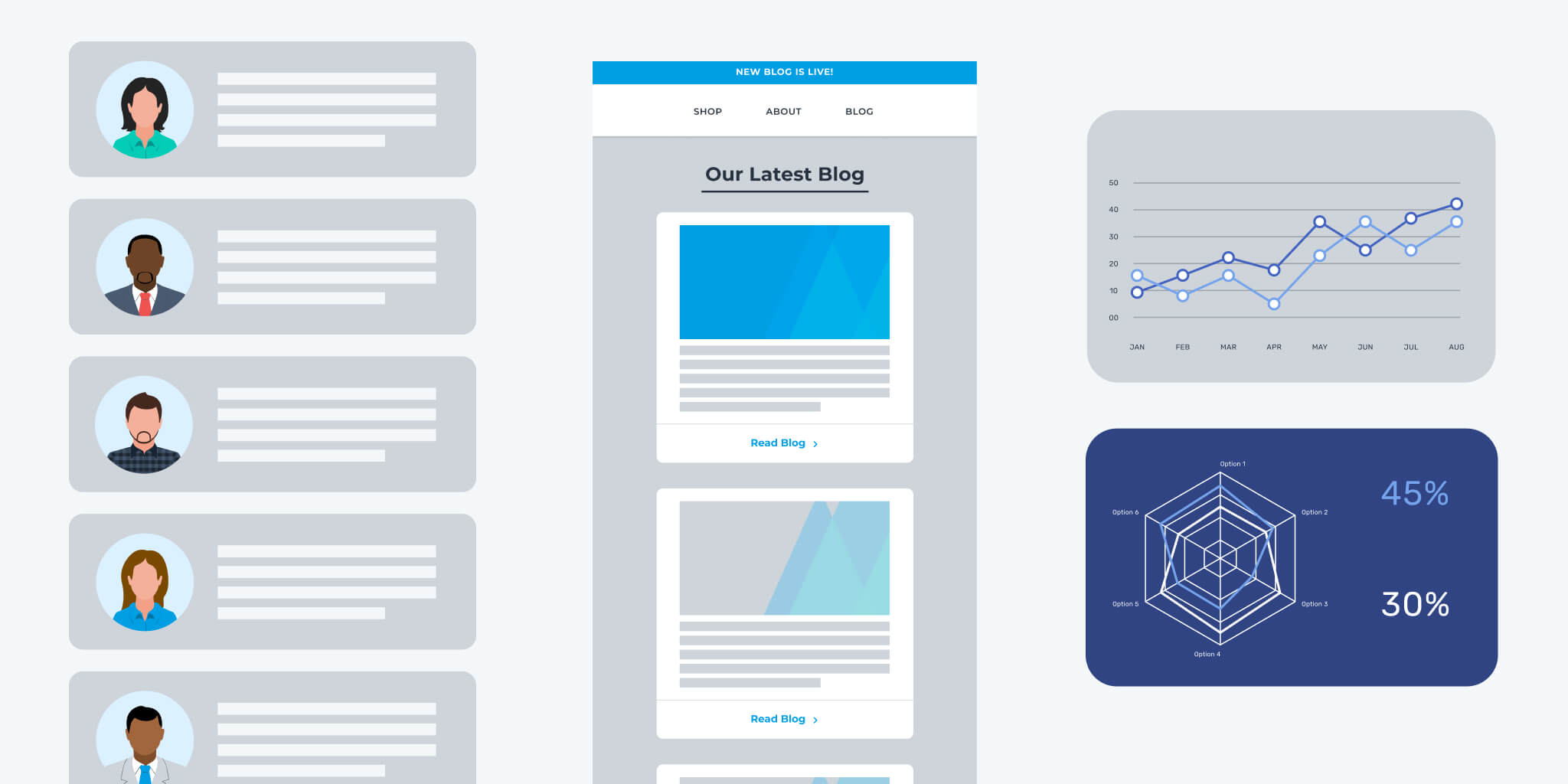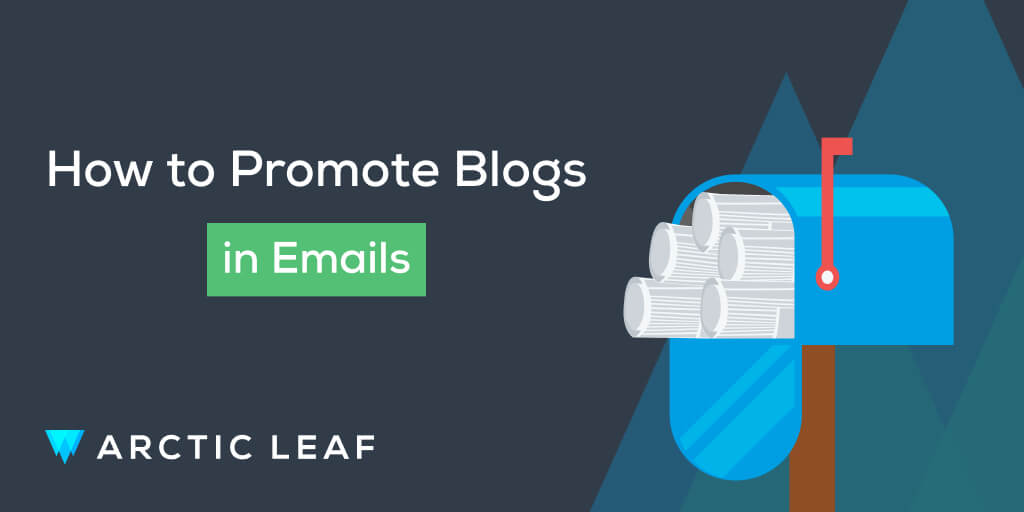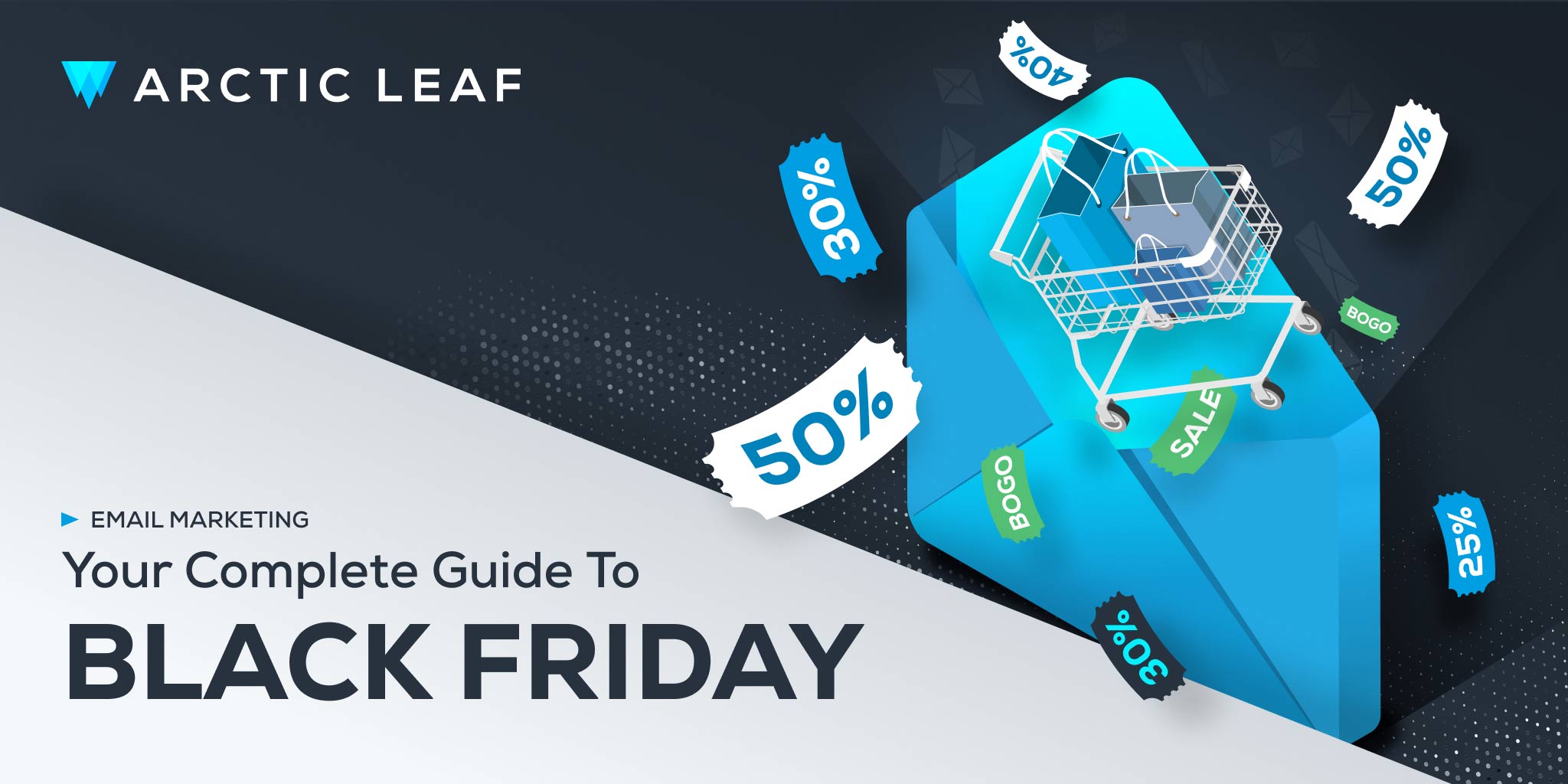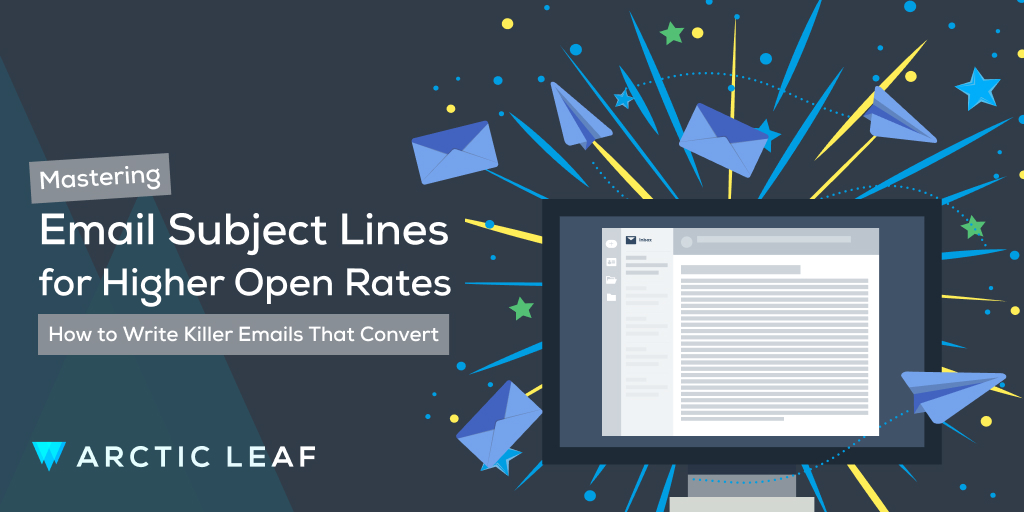The Importance of Blogs
In 2024, an online presence is essential for any business looking to succeed in the marketplace. While social media platforms like Facebook and Instagram are popular choices for engaging with customers, blogs remain a powerful tool to connect with your target audience and drive sales.
As discussed in “How You Can Use Blogs to Elevate Your SEO Strategy,” blogs have the ability to provide in-depth product information, showcase brand personality, and improve search engine rankings, making blogs a critical component of any successful online marketing strategy.
So - Why Promote Blogs via Email?
Email and blogs are categorized as "owned" marketing, meaning you have complete control over them, unlike a social media platform. Since SEO can only do so much organic blog promotion, an email marketing campaign is the best way to ensure the right people see them at the right time. With personalized outreach, blog promotion emails can help build your brand and provide a measurable way to customize and scale your approach.
Some stats:
-
Email marketing is 40x more effective than Facebook and Twitter combined when it comes to acquiring customers
-
You are 6x more likely to get a click from your email campaign than from a tweet
-
An email subscriber is 3.9x more likely to share your content on social media than visitors from other sources
-
4.24% of email subscribers buy something VS the 2.49% from SERPs and 0.59% from social media
Best Practices for Blog-Focused Email Marketing

As with any marketing tactic, there are best practices; methods that are going to help you to be successful. Blog-focused email marketing is no different.
Build Your List
Before you start sending out emails, you’ve got to build an email list. Luckily, your blog content will help with that! So if you’re starting off fresh, don’t wait around to start creating blog content - get on it right away and include a call to action (ie: “Subscribe for More!”) at the end of each post to invite readers to subscribe.
A good question that many have is: what size should my email list be before I start sending out marketing? It’s ok to start small. You can start list warming with 10 recipients. But for gathering real statistics when you review email performance you’ll want 1000 or more. If you’d like to take a more detailed approach, we highly recommend you check out proQ’s list calculation methods.
Create Segments
Email segmentation is the division of your larger email list into smaller, more specific, segments. You can segment through any metric that can be recorded. Demographics (age, location), engagement (are they a regular buyer or reader), psychographics (interests, lifestyle), or a combination of these.
As per Mailchimp, a segmented campaign can result in 23% higher open rates and 49% higher clickthrough rates. Why? Because you’re sending the right content to the right people.
Design a Powerful Email
It’s not enough to simply link a blog article in your newsletter and send it off into the void. A powerful email will use a number of techniques to pull the reader in, keep them reading, and get them to click those all-important CTAs. When craft your emails, keep these points in mind:
Make Your Theme Clear
Whether you’re sharing one blog post or a cluster of four, make sure that you’ve got a general theme that you can work with for the copy of your promotional email.
Get Personal
84% of users will share their data for a more personalized experience. If you’ve got that data, be sure to include a line of code in your email subject using your reader’s name!
Appeal with Design
No one is excited by a basic email with white background and black blocks of text. When sharing your blog post via email you want to WOW the potential reader. Draw them in with a bright and beautiful template and relevant images - just don’t overdo it. Milled is a great resource for design inspiration!
Write Strong Copy
There is a great deal that can be said about writing strong copy, but we’ll give you a few essential points.
-
Ensure your headlines are useful, urgent, unique and ultra-specific
-
Use common language, but avoid “txt talk” and slang
-
Put the reader first, and keep it conversational
-
End your blog promotion with a cliffhanger
-
Include calls to action encouraging recipients to read the full blog on your site
Optimize for Mobile
An email isn’t too useful if it can’t be read easily. Make sure to test send your message and view it on mobile to see how it comes across. For your blogs, use a site such as BrowserStack to make sure once your readers click, they can browse with ease.
In conclusion, at first it can be difficult to know what your base is going to react positively to, but that’s what A/B testing is for!
Analyze and Adapt
Once you’ve set up an email armed with killer copy and images that pull the reader in, you’re ready to send it off and see the stats roll in. Start off by sending emails on different days and at varying times to determine your best send time.
Review open, click, response, bounce and unsubscribe rates to see what content is succeeding with your list and what content is flopping.
Always be ready to pivot and switch up your marketing strategy. Soon, you’ll know your audience better than the back of your hand and be able to send them high quality content they will read, interact with, and love.
For a more in-depth look at email marketing best practices, check out our blog on the topic!
The Final Takeaway
Your blog content and your email list are owned marketing assets which have the potential to bring in hundreds of new leads and build personalized, lasting relationships with customers. By creating SEO-optimized blogs that share information people really want to know, and sharing those blogs among your curated email lists, you’ll see massive growth in subscriptions and sales - and we’re willing to bet you’ll have fun in the process, too!
Curious about this years upcoming content marketing trends? Check out our new blog post on 2024's marketing trends! If you have any questions, feel free to reach out to us directly at info@arcticleaf.io!
Arctic Leaf is a digital agency with over 10 years of e-commerce experience serving clients of all industries. Our entire team is Baymard UX certified and our amazing developers can build everything from simple Shopify themes to fully custom headless experiences.



